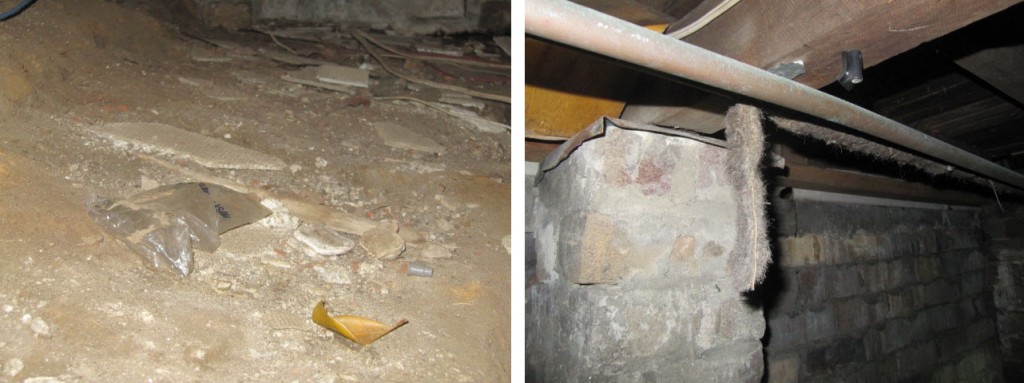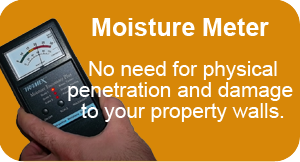The good news first: the usage of asbestos has been banned in Australia since 2003. However, houses built before 1990 are highly likely to contain asbestos cement products. Some houses built in the 1990s and early 2000s may have still used asbestos cement materials until the total ban on involving asbestos containing materials.
If you are not sure if a product in your house contains asbestos, play it safe and assume that it does. Proper Asbestos Identification/Inspection carried out by Quality Building Inspection, Sydney gives you advice on how your property is at risk.
Samples will be taken and lab tested for identification purposes and quality assurance.
When inspecting your home Quality Building Inspection will check particular places possibly containing asbestos:
- exterior — flat, patterned and corrugated wall and roof sheeting, roof guttering, ridge capping, imitation brick cladding and lining under eaves
- bathroom, toilet and laundry — asbestos cement sheet walls, ceilings and floors, backing to wall tiles
- kitchen — walls, splashbacks, ceilings, in vinyl floor tiles, backing of vinyl sheet flooring, underlay sheeting for ceramic tiles
- living areas — insulation in wood heaters, asbestos cement sheeting in walls, ceilings and beneath wood-heater hearths
- other — backing of electrical meter boards, old ironing-board covers, heatproof mats, brake and clutch linings, some plaster sealants, filters and adhesive products, and hot-water pipe insulation set into masonry walls – low-density asbestos fibreboard wall and ceiling panels (especially in high-humidity areas)
- backyard — fences, garden sheds, garages, outside toilets, carports and dog kennels – buried and dumped waste materials
Asbestos Health Risks
The health risk of undisturbed asbestos cement products in the home is very low. Asbestos only poses a risk to health when asbestos fibres are breathed in. Householders may be exposed to asbestos fibres during accidental damage to asbestos materials in the home, or as a result of unsafe handling of asbestos material by tradespeople or by the householders themselves. When asbestos fibres are breathed in, they may remain deep within the lungs. They can lodge in lung tissue and cause inflammation, scarring and some more serious asbestos-related diseases, which usually take many years, if not decades, to develop.
Asbestos-containing building products are classified as either ‘friable’ (soft, crumbly) or ‘bonded’ (solid, rigid, non-friable). Friable asbestos products (such as spray-on insulation or asbestos-rope gaskets in wood stoves and heaters) also produce airborne fibres during normal use or ageing.
Crumbling bonded materials, and all friable products, must be carefully managed to prevent the release of fibres into the air. If the house contains bonded asbestos products that are in good condition, it is best to leave them alone but check them from time to time for any signs of damage or deterioration.
The natural ageing and weathering of asbestos cement roofs releases asbestos fibres over time. However, this is unlikely to pose a risk to health because the fibres are dispersed, diluted by the wind and washed away in rainwater runoff systems. Air testing near buildings with asbestos cement roofs has found very little increase in fibre levels.
Accidental exposure may be a result of someone pushing their foot through a ceiling sheet, putting up a new towel rail, or even cleaning up garden debris. If accidental exposure occurs, take prompt steps to manage it by reducing personal exposure and preventing further occurrences.
Protect yourself and your family, including young children, and make sure your home is safe.
Call Quality Building Inspection toll-free on 1800 656 343 today for more information or to book your Asbestos Identification/Inspection.

Above: asbestos sheeting and asbestos lagging found in the subfloor of a Sydney home.







